Home>Gardening & Outdoor>Landscaping Ideas>What To Do With Dead Patches Of Grass
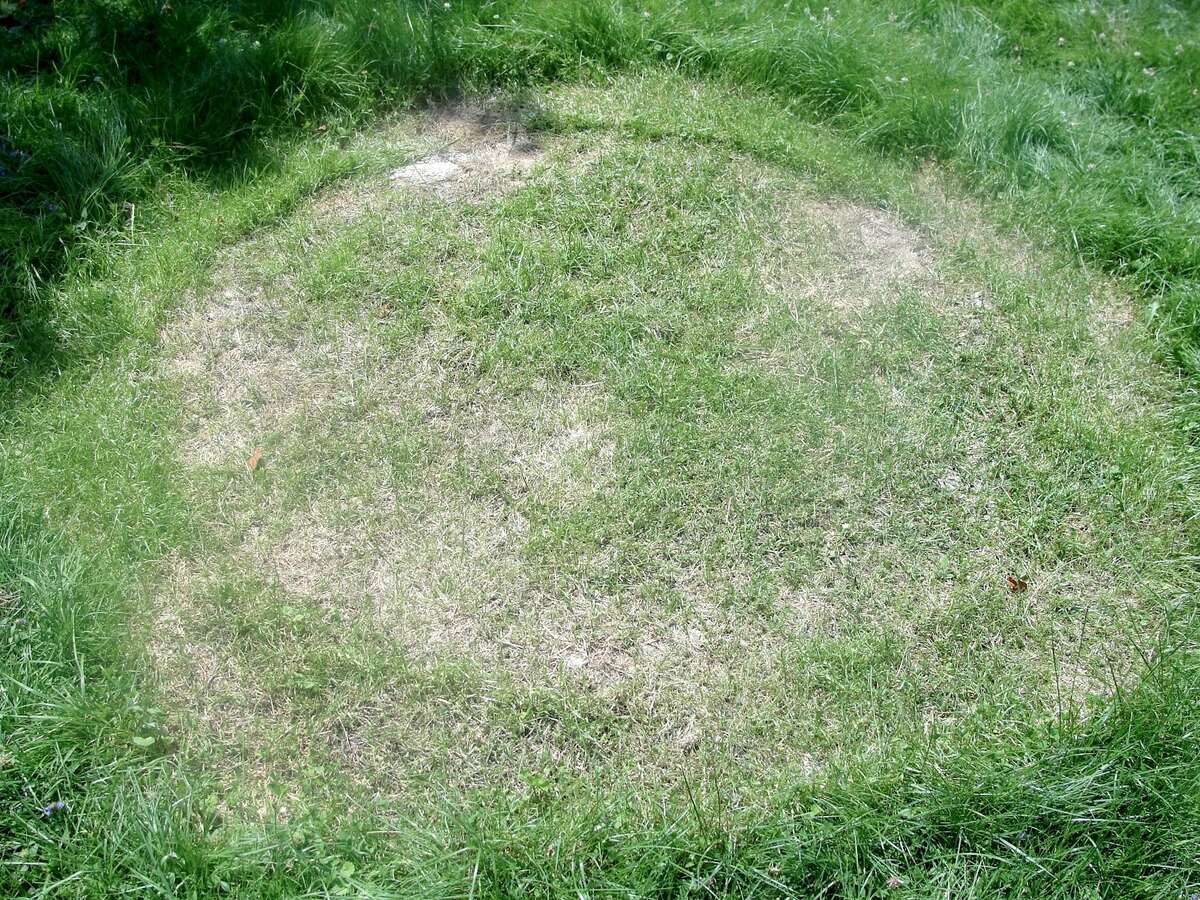

Landscaping Ideas
What To Do With Dead Patches Of Grass
Modified: February 18, 2024
Discover effective landscaping ideas to revive dead patches of grass and restore the beauty of your lawn. Get expert tips and solutions for tackling unsightly bare spots.
(Many of the links in this article redirect to a specific reviewed product. Your purchase of these products through affiliate links helps to generate commission for Storables.com, at no extra cost. Learn more)
**
Introduction
**
Having a lush, green lawn can significantly enhance the beauty of your outdoor space. However, dealing with dead patches of grass can be a frustrating challenge for any homeowner or landscaping enthusiast. These unsightly patches can detract from the overall appeal of your lawn, leaving you wondering how to restore its former vibrancy. The good news is that with the right knowledge and a bit of effort, you can revive those dead patches and prevent them from recurring in the future.
In this comprehensive guide, we will explore the common causes of dead patches in grass and provide actionable steps to revive and rejuvenate your lawn. Additionally, we will discuss essential tips for preventing dead patches, allowing you to maintain a healthy and vibrant lawn throughout the year.
Whether you’re a seasoned gardener or just starting to explore the world of landscaping, this article will equip you with the insights and techniques needed to address dead patches of grass effectively. Let’s dive in and uncover the secrets to achieving a revitalized, thriving lawn that will be the envy of your neighborhood.
**
Key Takeaways:
- Transform dead patches into lush green expanses by identifying causes, reviving with targeted steps, and preventing future issues through proactive measures. Embrace the journey of nurturing a vibrant, resilient lawn.
- Revive dead patches by raking, loosening soil, overseeding, and monitoring growth. Prevent future issues with proper watering, aeration, and proactive maintenance. Embrace the transformative journey of nurturing a thriving outdoor oasis.
Read more: What To Do About Dead Grass Patches
Identifying the Cause of Dead Patches
**
Before embarking on the journey to revive your lawn, it’s crucial to identify the underlying causes of the dead patches. By pinpointing the root of the issue, you can implement targeted solutions to address the specific factors contributing to the decline of your grass.
One common culprit behind dead patches is inadequate watering. Insufficient moisture can lead to dehydration and stress in the grass, resulting in patches that turn brown and wither. Conversely, overwatering can also cause harm, leading to waterlogged soil and root suffocation. By assessing your watering habits and the condition of the soil, you can determine whether water-related issues are contributing to the problem.
Another prevalent cause of dead patches is compacted soil. When the soil becomes compacted, it restricts the movement of air, water, and nutrients to the grass’s roots, impeding their growth and vitality. Compaction often occurs in high-traffic areas or regions with heavy clay soil. By examining the compactness of the soil in affected areas, you can ascertain whether this factor is responsible for the decline of your grass.
Furthermore, the presence of pests and diseases can wreak havoc on your lawn, leading to unsightly patches of dead grass. Common lawn pests, such as grubs and chinch bugs, can devastate grass roots, causing significant damage. Similarly, fungal diseases like brown patch and dollar spot can manifest as dead patches with distinctive discoloration and texture. By inspecting the affected areas for signs of pest infestation or disease symptoms, you can determine whether these factors are contributing to the demise of your grass.
Additionally, environmental stressors, such as excessive heat, inadequate sunlight, or chemical exposure, can take a toll on the health of your lawn, resulting in patches of dead or dying grass. By evaluating the environmental conditions and any recent chemical applications in the vicinity of the dead patches, you can assess whether these factors are playing a role in the deterioration of your grass.
By carefully examining these potential causes, you can gain valuable insights into the specific issues affecting your lawn. This understanding will pave the way for targeted interventions to revive the dead patches and restore your lawn to its former splendor.
**
Steps to Revive Dead Patches of Grass
**
Reviving dead patches of grass requires a systematic approach that addresses the underlying causes while promoting healthy regrowth. By following these essential steps, you can breathe new life into your lawn and transform those unsightly patches into thriving green expanses.
1. Rake and Remove Debris:
Begin by carefully raking the dead patches to remove any debris, thatch, or accumulated organic matter. This process helps expose the soil and allows for better air circulation, laying the groundwork for successful revitalization.
2. Loosen the Soil:
Using a garden fork or aerator, gently loosen the soil in the affected areas to alleviate compaction and promote better root penetration. This step is crucial for enhancing the soil’s structure and facilitating the absorption of water and nutrients.
3. Overseed the Patches:
Once the soil is prepared, evenly distribute grass seed over the dead patches, ensuring thorough coverage. Choose a high-quality seed blend that is well-suited to your climate and soil type, promoting strong and resilient grass growth.
4. Apply Fertilizer:
Introduce a balanced, slow-release fertilizer to the revitalized patches to provide essential nutrients for new grass growth. Select a fertilizer with a formulation tailored to the specific needs of your grass species and the prevailing soil conditions.
5. Water Regularly:
Maintain consistent moisture levels by watering the newly seeded patches regularly. Avoid overwatering, as this can lead to waterlogged soil and hinder germination. Aim for even hydration without creating waterlogged conditions.
6. Monitor and Protect:
Keep a close eye on the revitalized patches, monitoring their progress and protecting them from excessive foot traffic or disturbances. Implementing temporary barriers or signs can help prevent accidental damage and promote undisturbed growth.
7. Adjust Mowing Practices:
Once the new grass has established itself and reached an adequate height, adjust your mowing practices to ensure proper maintenance. Set your mower to an appropriate height and avoid cutting the grass too short, as this can stress the newly established growth.
8. Evaluate and Adjust:
Regularly assess the progress of the revitalized patches and make any necessary adjustments to your lawn care routine. Tailor your watering, fertilization, and maintenance practices based on the evolving needs of the newly established grass.
By diligently following these steps, you can effectively revive dead patches of grass and foster healthy, vibrant growth. With patience and attentive care, your lawn will undergo a remarkable transformation, reclaiming its lush and inviting appeal.
**
To revive dead patches of grass, rake out the dead grass, loosen the soil, add grass seed, cover with a thin layer of soil, and water regularly. Keep the area moist until the new grass is established.
Preventing Dead Patches in the Future
**
While addressing existing dead patches is essential, taking proactive measures to prevent their recurrence is equally crucial for maintaining a resilient and thriving lawn. By implementing the following preventive strategies, you can fortify your grass against potential stressors and minimize the likelihood of future dead patches.
1. Proper Watering Practices:
Establish a consistent and appropriate watering schedule, ensuring that your lawn receives adequate moisture without overwatering. Consider factors such as soil type, climate, and grass species when determining the optimal watering regimen, and adjust as needed to accommodate seasonal variations.
2. Core Aeration:
Regularly aerate your lawn to alleviate soil compaction and enhance root development. Core aeration promotes better air and water penetration, fostering a healthy root system that is more resilient to environmental stressors.
3. Lawn Maintenance:
Adopt a proactive approach to lawn maintenance, including regular mowing, dethatching, and proper fertilization. By staying ahead of these essential tasks, you can promote overall lawn health and minimize the risk of dead patches caused by neglect or improper care.
4. Pest and Disease Management:
Implement integrated pest management practices to monitor and address potential pest infestations. Similarly, stay vigilant for signs of fungal diseases and promptly address any outbreaks to prevent their spread and minimize damage to your grass.
5. Traffic Management:
Minimize excessive foot traffic on your lawn, especially during periods of stress such as extreme heat or heavy rainfall. Consider designating pathways or installing stepping stones to redirect traffic and protect vulnerable areas of your lawn.
6. Soil Testing and Amendment:
Periodically test your soil to assess its nutrient levels and pH balance, making amendments as necessary to create an optimal growing environment for your grass. Well-balanced soil promotes robust growth and reduces the susceptibility of your lawn to stress-induced damage.
7. Selective Weed Control:
Manage weeds effectively to prevent them from competing with your grass for essential resources. Utilize targeted weed control methods to address invasive species while minimizing the impact on your lawn and the surrounding ecosystem.
8. Seasonal Care:
Adapt your lawn care practices to align with seasonal variations, providing tailored care during periods of dormancy, growth, and environmental challenges. By acknowledging the unique needs of your lawn throughout the year, you can promote its resilience and vitality.
By integrating these preventive measures into your lawn care routine, you can create a robust defense against dead patches and sustain the long-term health and beauty of your grass. With proactive care and a commitment to ongoing maintenance, you can enjoy a vibrant and resilient lawn that enhances your outdoor living space year-round.
**
Conclusion
**
Transforming dead patches of grass into thriving, verdant expanses is a rewarding endeavor that encompasses both remedial actions and proactive strategies. By identifying the underlying causes of dead patches and implementing targeted solutions, you can breathe new life into your lawn and restore its lush beauty. Furthermore, taking preventive measures to fortify your grass against potential stressors and threats can safeguard its long-term health and resilience, minimizing the recurrence of dead patches and promoting enduring vitality.
As you embark on this journey to revive and protect your lawn, remember that patience, attentiveness, and a deep understanding of your grass’s unique needs are key ingredients for success. By nurturing your lawn with care and dedication, you can cultivate a vibrant outdoor oasis that serves as a source of pride and enjoyment.
Ultimately, the process of addressing dead patches of grass transcends mere lawn care; it embodies a commitment to fostering a harmonious relationship with nature and creating a welcoming, rejuvenating environment around your home. Each revitalized patch symbolizes the resilience and regenerative power of nature, serving as a testament to the transformative impact of thoughtful care and stewardship.
So, as you embark on this journey, armed with newfound knowledge and a passion for nurturing your lawn, may each revitalized patch stand as a testament to your dedication and the remarkable potential for renewal that exists within your outdoor space. Embrace the journey, celebrate the victories, and revel in the beauty of a revitalized, thriving lawn that reflects the care and attention it has received.
With these insights and strategies at your disposal, you possess the tools to embark on a transformative journey that will elevate your lawn to new heights of splendor and vitality. Embrace the process, savor the progress, and revel in the rejuvenation of your outdoor sanctuary.
Frequently Asked Questions about What To Do With Dead Patches Of Grass
Was this page helpful?
At Storables.com, we guarantee accurate and reliable information. Our content, validated by Expert Board Contributors, is crafted following stringent Editorial Policies. We're committed to providing you with well-researched, expert-backed insights for all your informational needs.
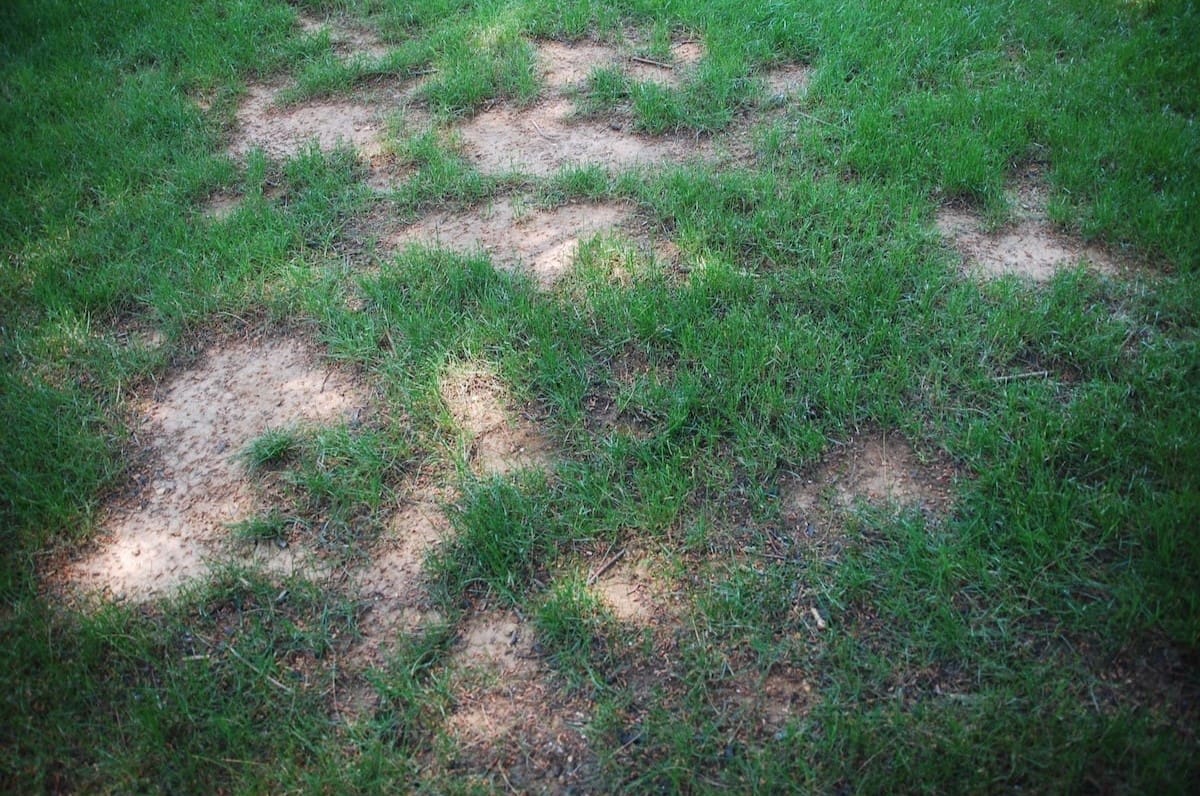
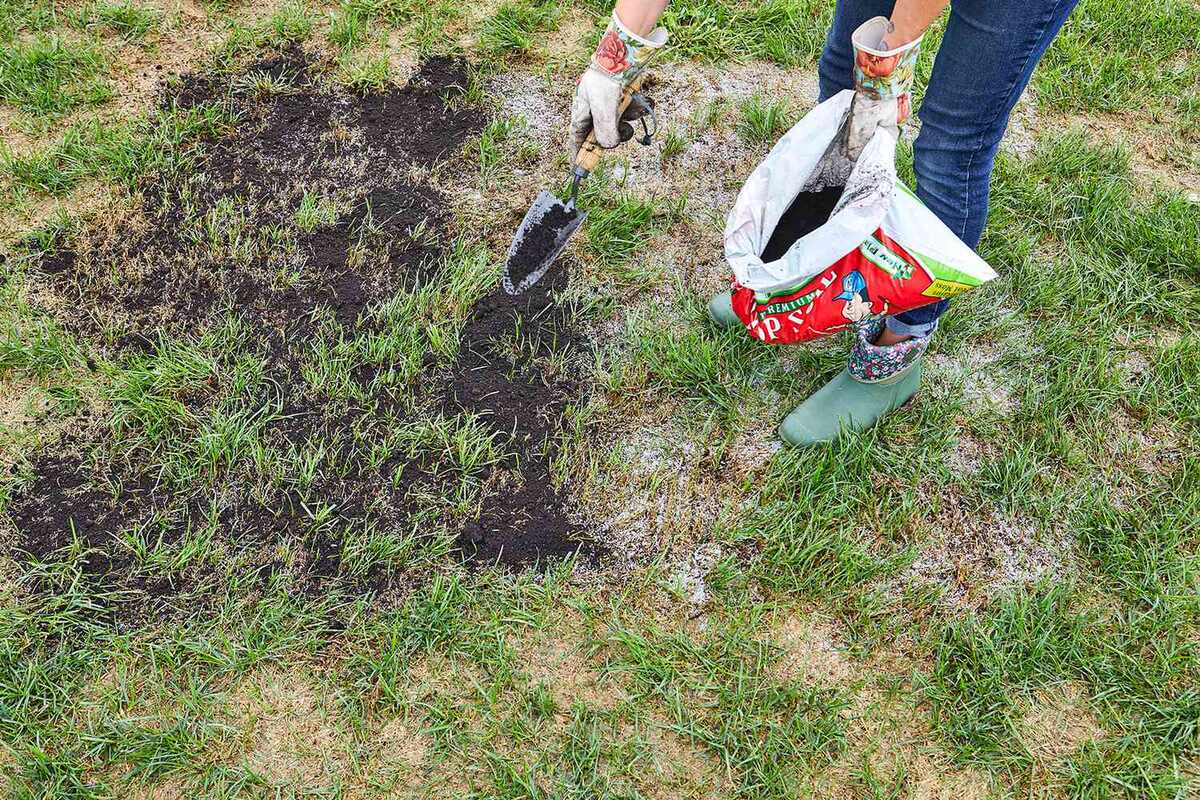
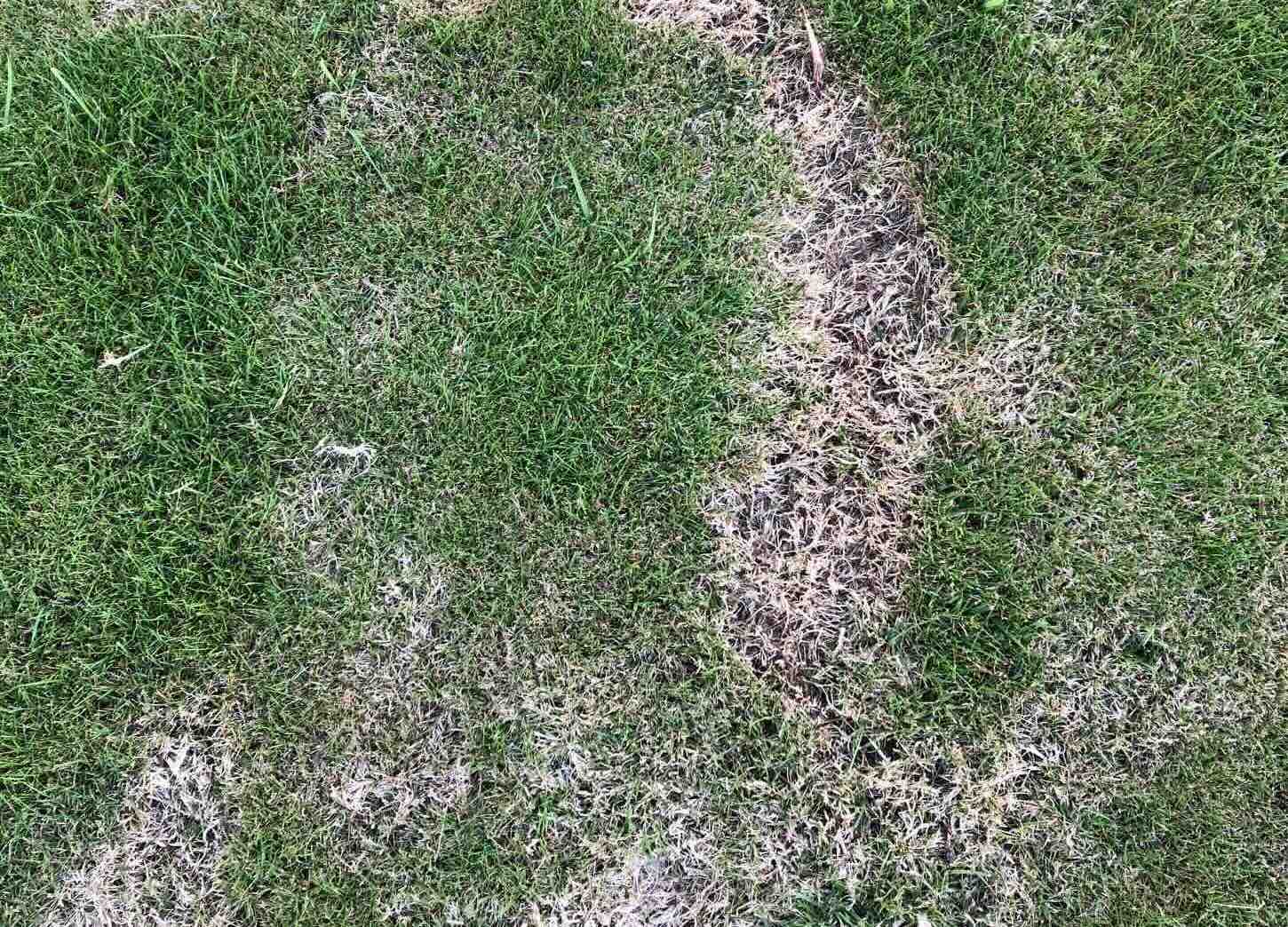
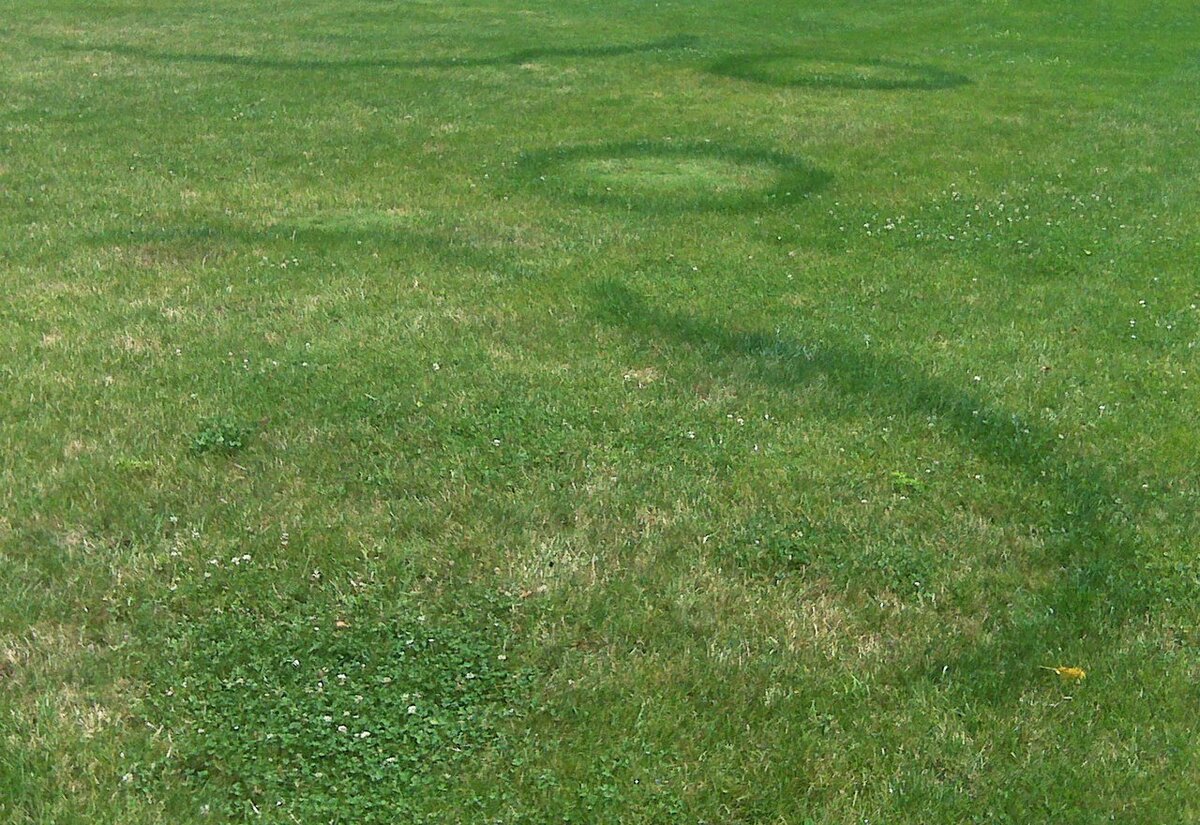
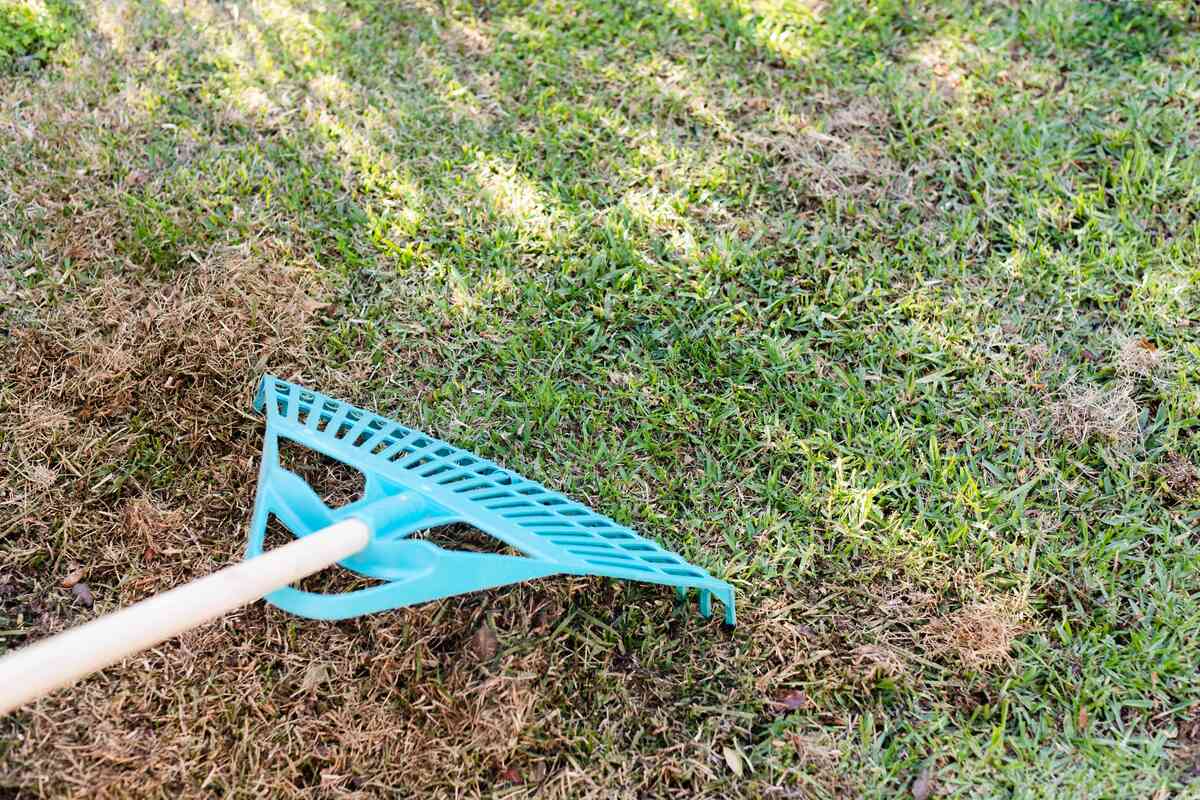
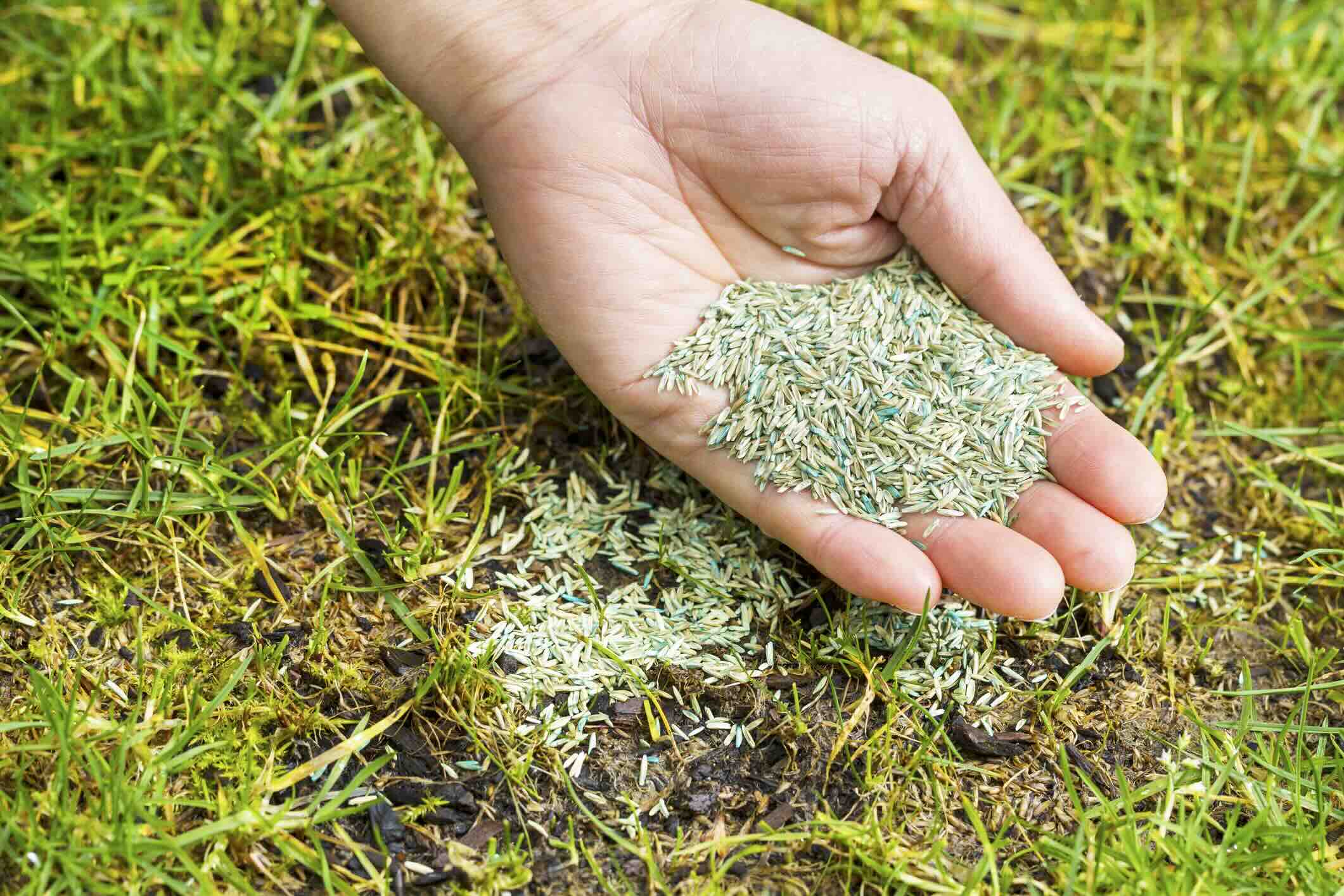
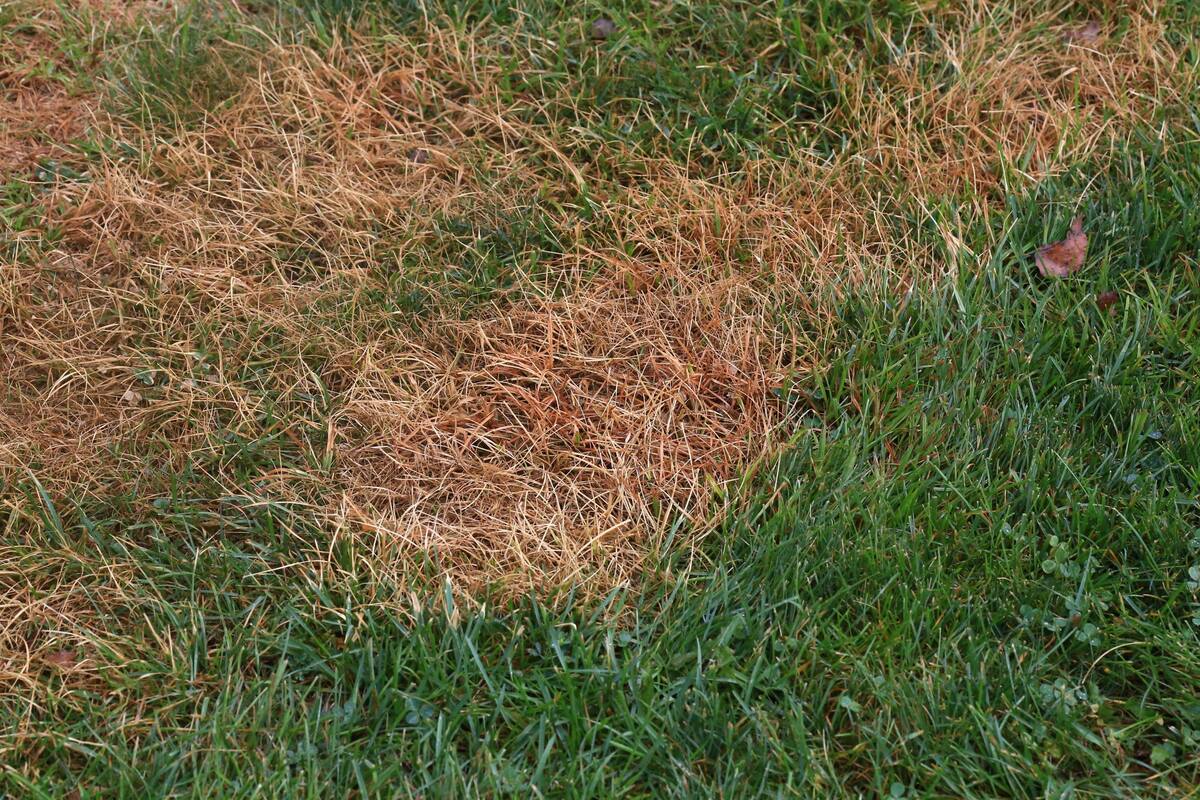
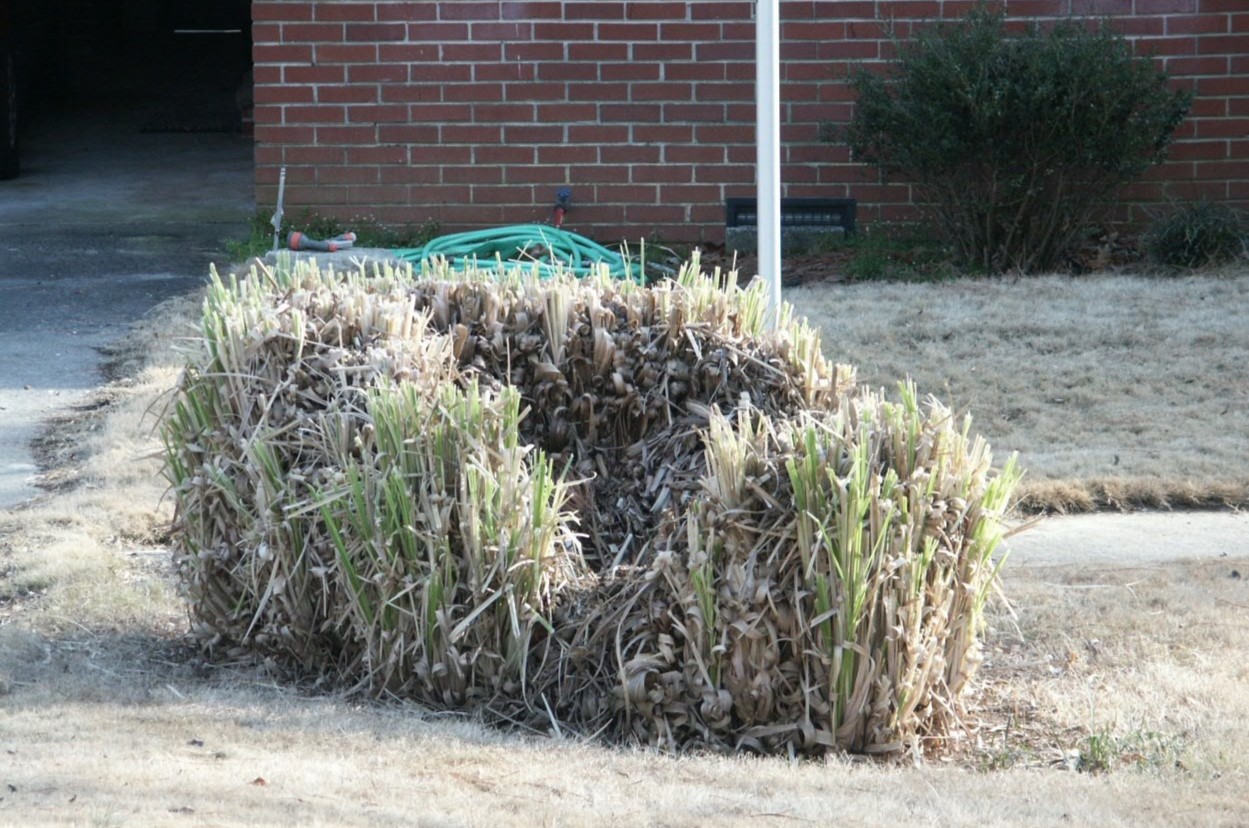
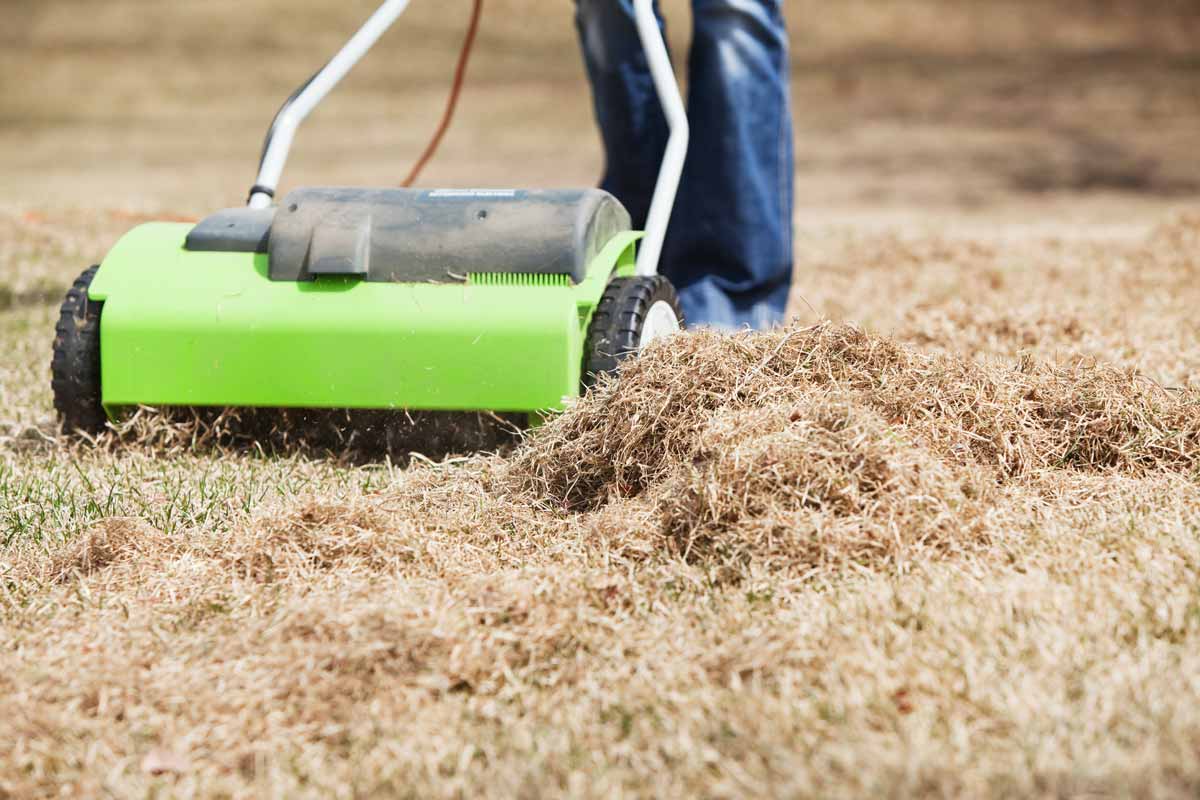
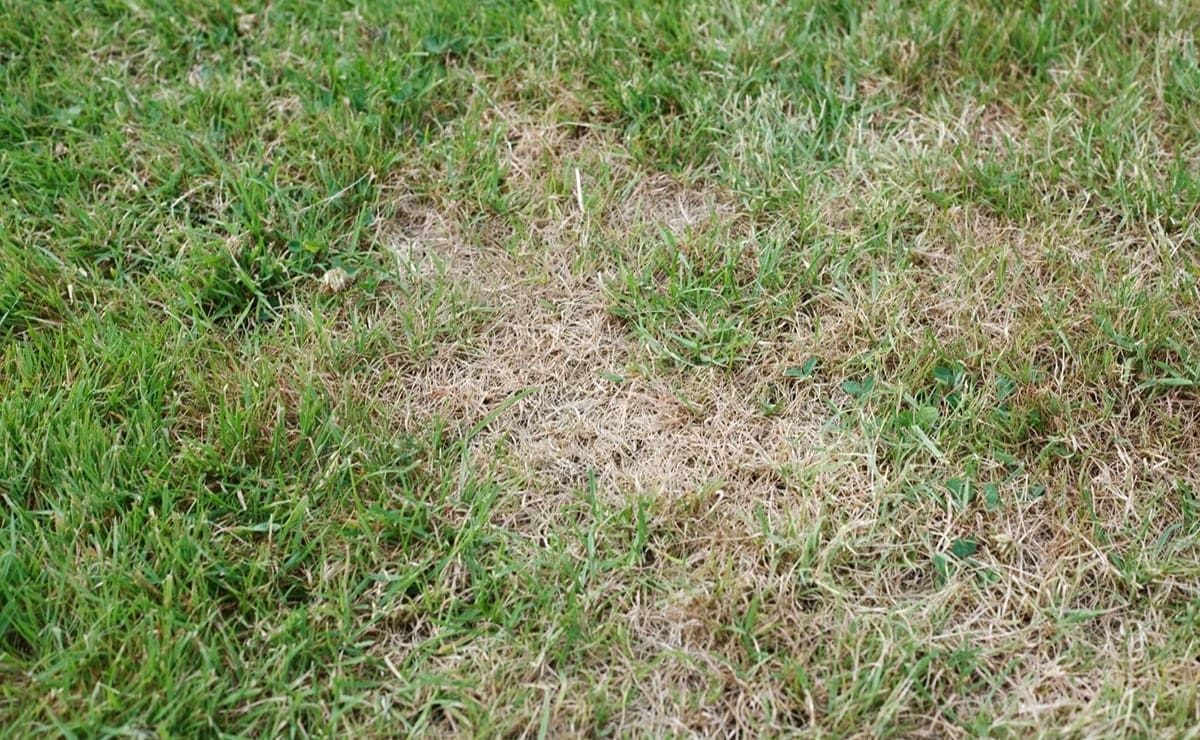
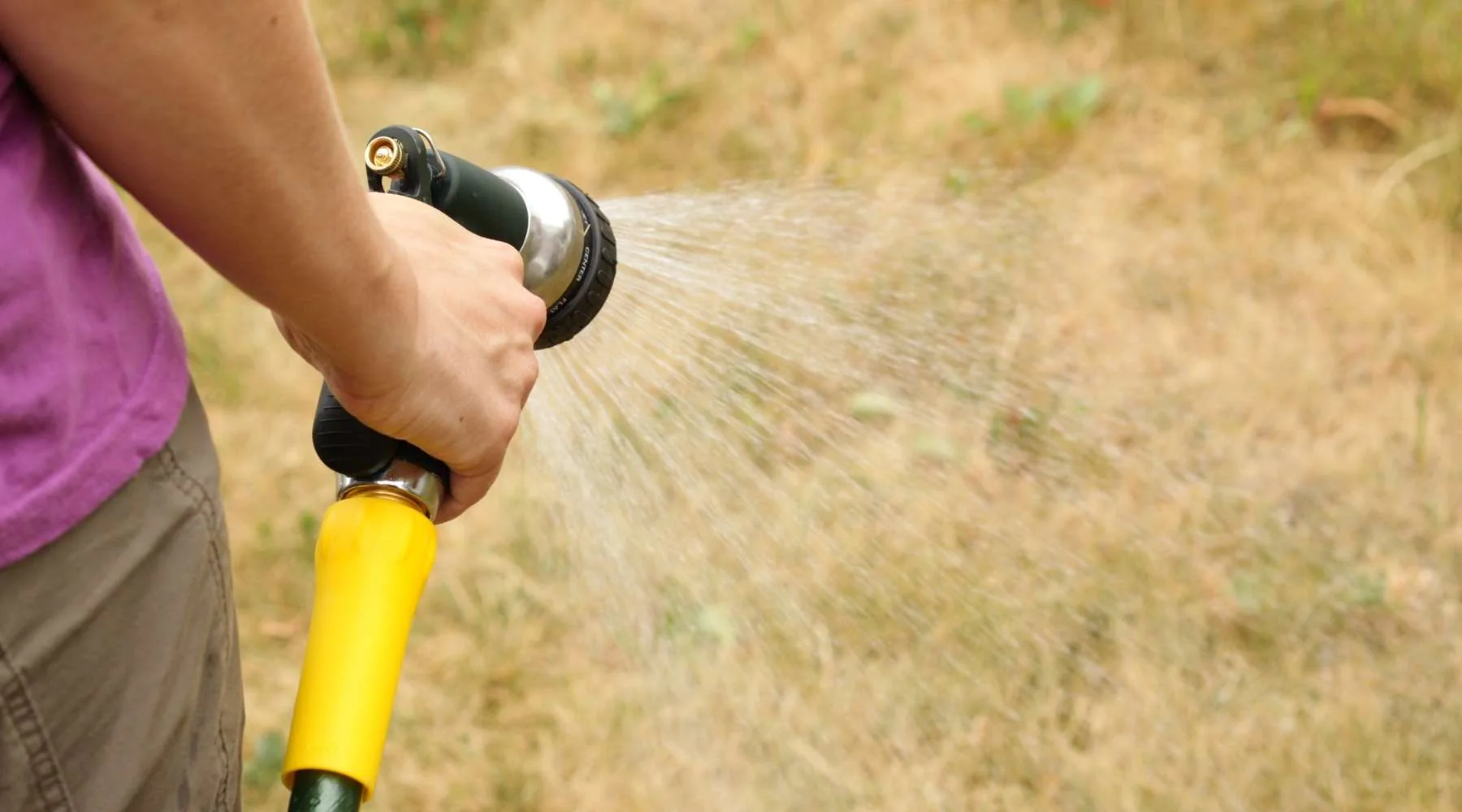
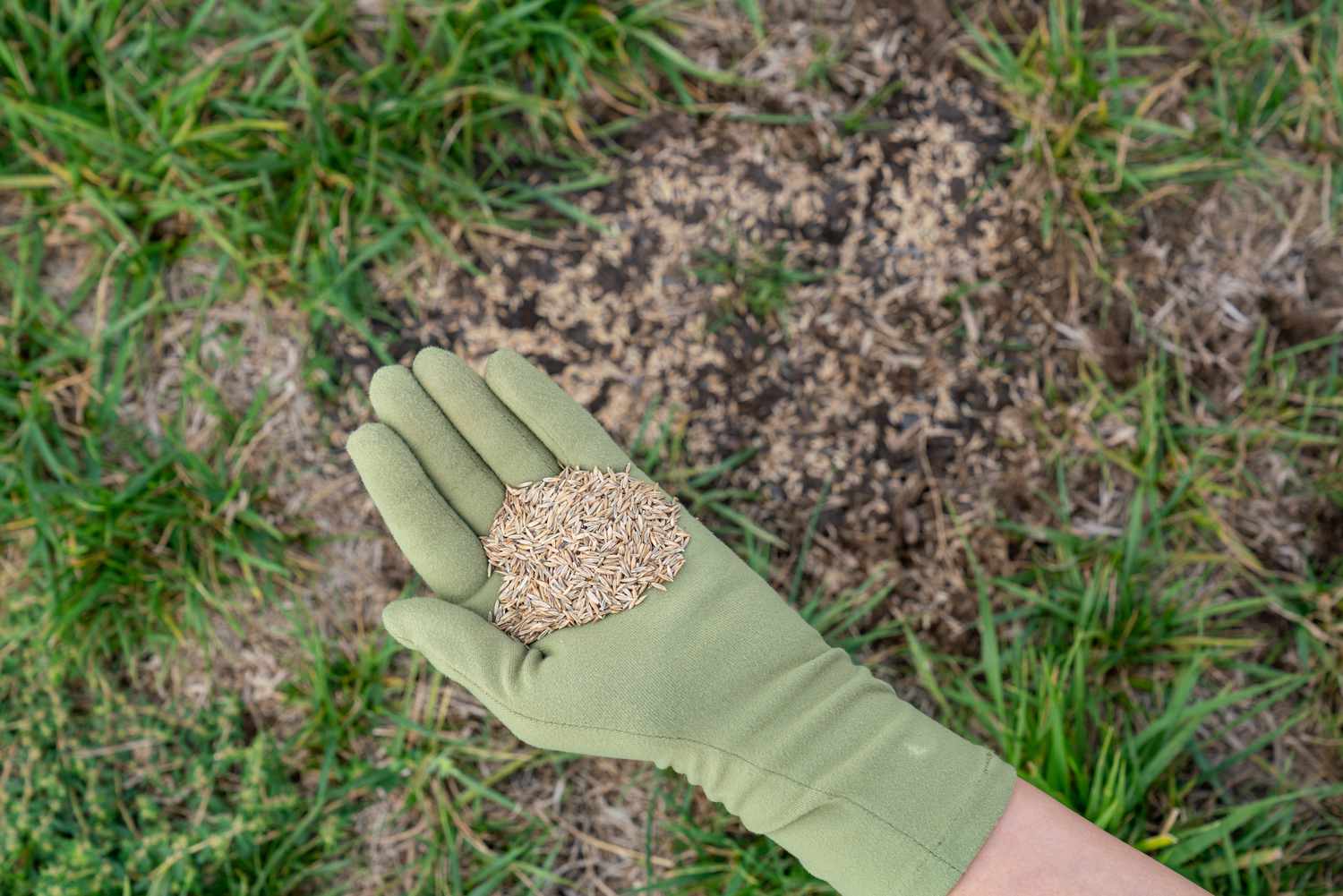
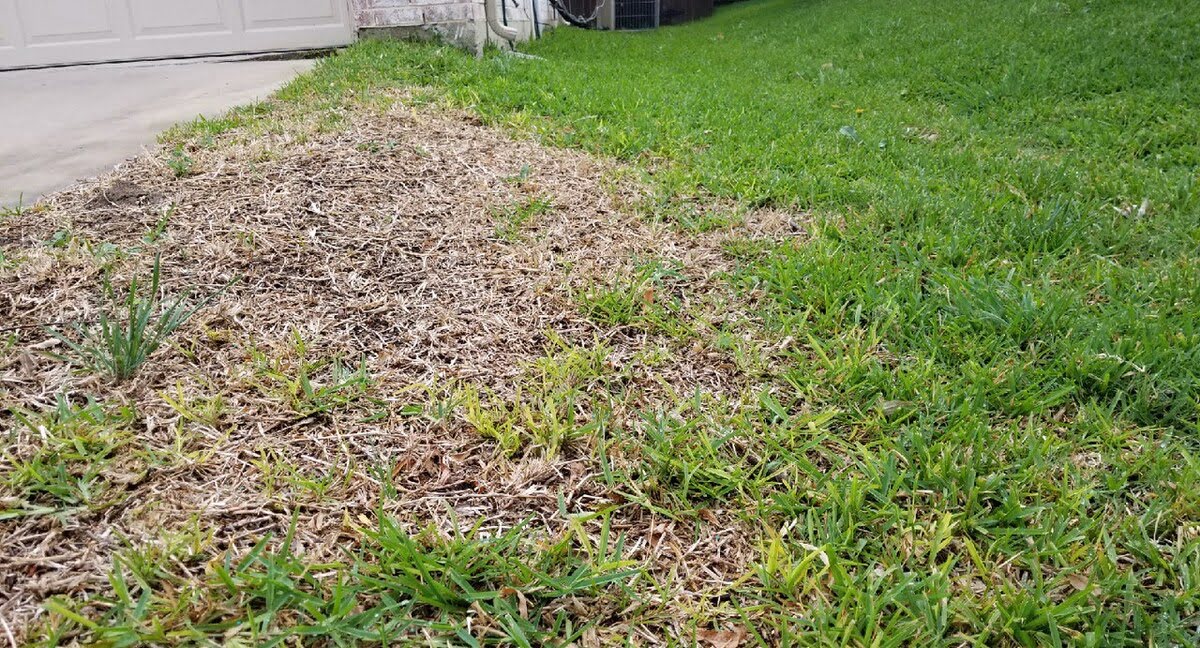
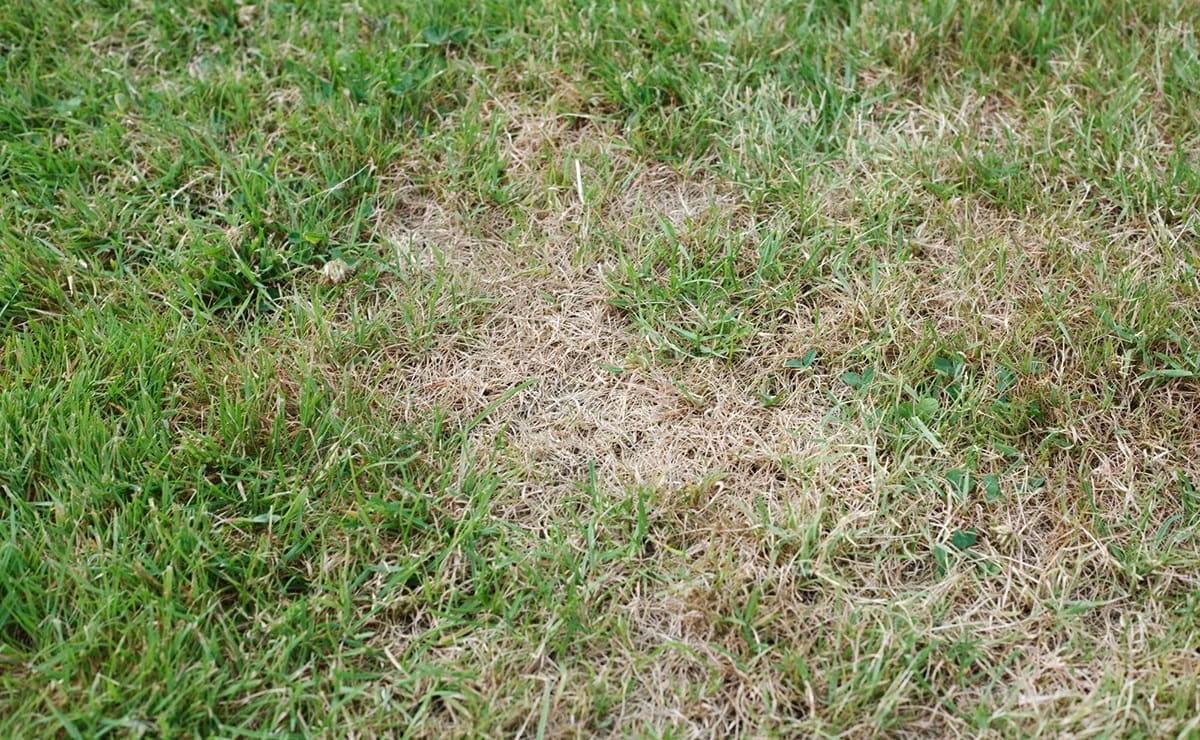


0 thoughts on “What To Do With Dead Patches Of Grass”